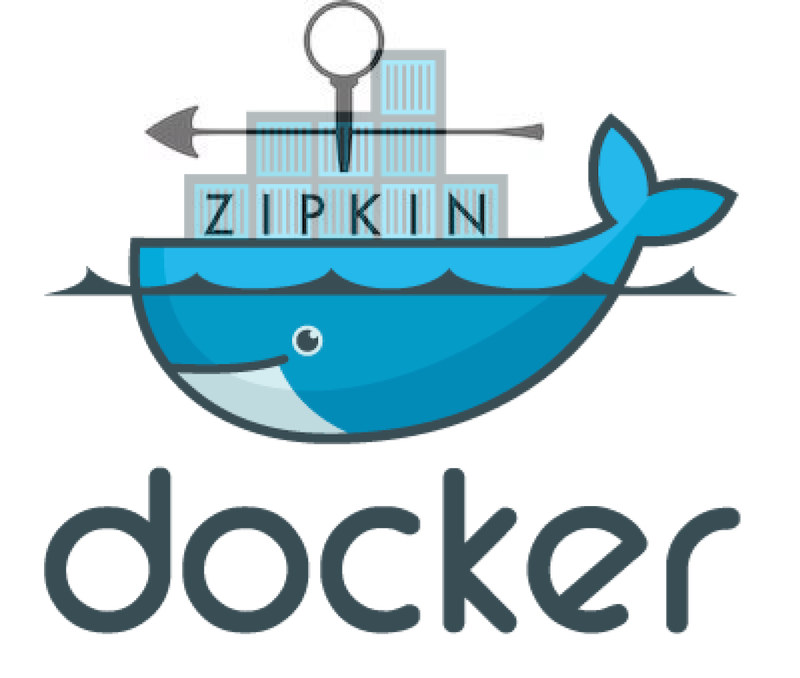Distributed Tracing With Zipkin

Instead of parsing log file entries we now send tracing messages to a
Zipkin collector. To make initial development easier we containerized
a fully working Zipkin environment. All you need is Virtualbox and
boot2docker to boot Zipkin and run the demo Scala code.
All Docker images needed for Zipkin are registered as trusted builds with the Docker.io index. To give it a spin you can just checkou the Scala / Akka demo project and deploy the images. If you’re curious the Docker project shows how to setup and link containers.
Below you’ll find instructions on how to test the Zipkin containers with a Scala / Akka project running locally on your OSX host.
You first need to install VirtualBox. https://www.virtualbox.org/wiki/Downloads
Information on running Docker on OSX can be found here: http://docs.docker.io/installation/mac/
You need to have the Homebrew package manager installed: http://brew.sh/
You need to install boot2docker:
brew update
brew install boot2docker
brew install docker
Once boot2docker is installed boot the VM for the first time:
export DOCKER_HOST=tcp://127.0.0.1:4243
boot2docker init
boot2docker start
When booting the images via boot2docker on OSX you will need to make sure the guest VM ports are forwarded. Here’s an example that forwards the relevant ports for the Zipkin services:
# vm must be powered off
boot2docker stop
# collector
VBoxManage modifyvm "boot2docker-vm" --natpf1 "tcp-port9410,tcp,127.0.0.1,9410,,9410"
VBoxManage modifyvm "boot2docker-vm" --natpf1 "udp-port9410,udp,127.0.0.1,9410,,9410"
VBoxManage modifyvm "boot2docker-vm" --natpf1 "tcp-port9900,tcp,127.0.0.1,9900,,9900"
# query
VBoxManage modifyvm "boot2docker-vm" --natpf1 "tcp-port9411,tcp,127.0.0.1,9411,,9411"
# web
VBoxManage modifyvm "boot2docker-vm" --natpf1 "tcp-port8080,tcp,127.0.0.1,8080,,8080"
# cassandra
VBoxManage modifyvm "boot2docker-vm" --natpf1 "tcp-port7000,tcp,127.0.0.1,7000,,7000"
VBoxManage modifyvm "boot2docker-vm" --natpf1 "tcp-port7001,tcp,127.0.0.1,7001,,7001"
VBoxManage modifyvm "boot2docker-vm" --natpf1 "tcp-port9042,tcp,127.0.0.1,9042,,9042"
VBoxManage modifyvm "boot2docker-vm" --natpf1 "tcp-port9160,tcp,127.0.0.1,9160,,9160"
# start VM
boot2docker start
Install and Boot Zipkin
Clone the demo project:
git clone https://github.com/lispmeister/psychic-octo-bear.git zipkin-tracing-demo
cd zipkin-tracing-demo
Now you’re ready to deploy the Docker images for Zipkin. The images are all registered at https://index.docker.io/u/lispmeister/ and will be downloaded automatically.
bin/deploy-zipkin.sh
This will fetch the Docker images from the Docker.io index and start the containers. Downloading the Docker images will take a while. Be patient. Once the images are downloaded the deploy script will start the containers. Wait until the CPU load is below 40% again. Booting Cassandra in the container can take quite a while.
If you want to trace code that runs on the host you will need to expose and forward the collector port as shown in deploy.sh.
Once the containers are running you can connect to the collector on port 9410 via akka-tracing or other libraries that support Zipkin tracing. https://github.com/levkhomich/akka-tracing
Install SBT
You need to have sbt installed.
brew install sbt
Run the demo
The demo creates ten Put requests that flow through the Web, Service, S3 actors. The flows into and out of the actors are traced using the Akka Tracing library which implements a Scala interface for the Twitter Zipkin distributed tracing tool.
sbt run
Inspect the Trace
Open a browser to the local Zipkin web instance at this address: